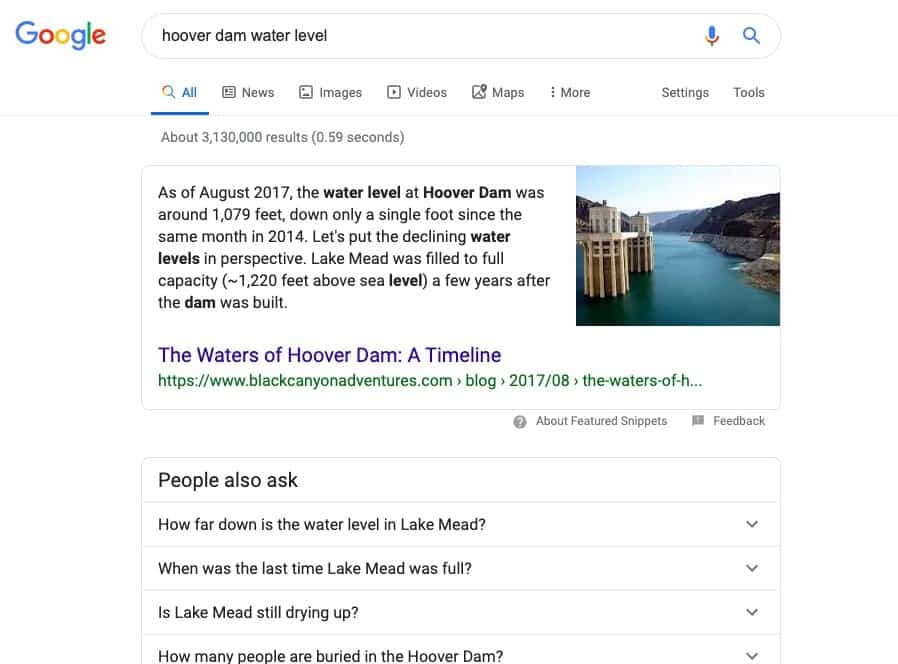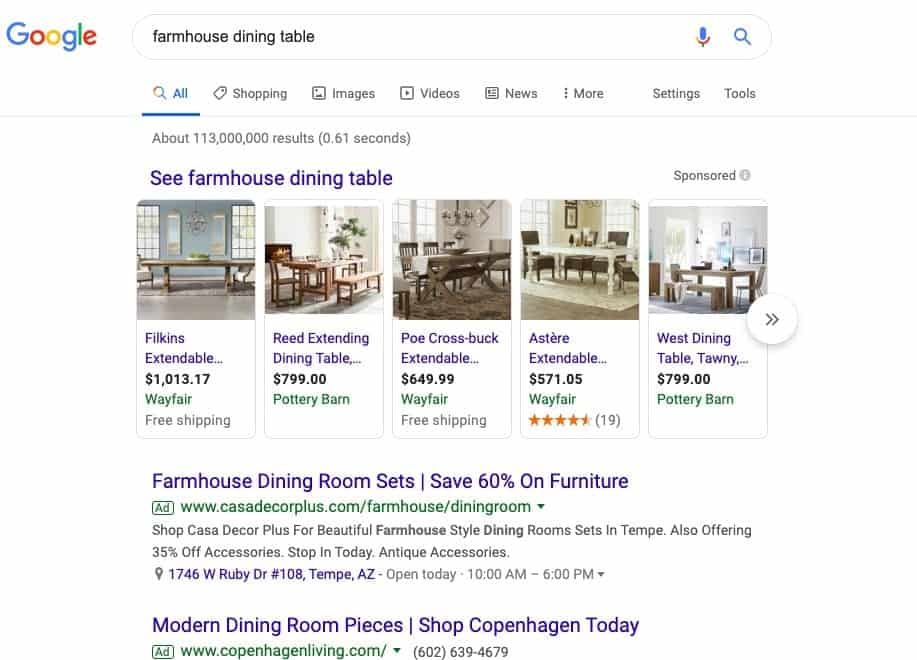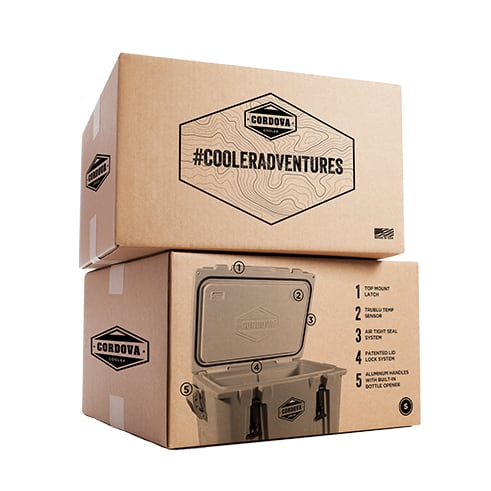Though it might feel like just yesterday, in reality, less than 20 years ago many of the popular websites we visit regularly—and depend on—didn’t even exist. With the rise of video, mobile platforms like tablets and smartphones, e-commerce everything, AI, and of course, all things social media, marketing agencies have had to remain nimble to not only stay on top of it all, but to get ahead of it.
How do agencies like Commit stay ahead of the curve? To put it simply: By always staying curious, doing our homework, and never stop learning. It’s our job to be the experts. It’s our job to do the research and legwork for our clients, evaluating the latest marketing trends and making the right predictions to help grow their business. In advance of 2020, we’re sharing with you a few of the agency marketing trends we believe will be shaping the industry in the coming year. Want the full list of over 20 trends you should know about? Download our full white paper.
Position Zero
“Position zero” may not sound like a good thing, but it is actually something all of us content writers strive to achieve. Instead of aiming for the first position on Google search, we’re seeing an even more sought after placement that comes before the list of results called “featured snippets.” This is where companies employ schema markups to their content so that it is featured in a call-out box at the top of the page, making it the first thing someone sees when they start their search.

This is an example of position zero we achieved for one of our clients. Now, instead of sifting through multiple search results to find your answer, Google’s algorithm has made it easier to get the answer you want in less time–and without even clicking through to a website. Keep in mind though, you won’t find a featured snippet on every search you run, just those with results that have been strategically marked up for “zero place.”
Google Shopping vs. Amazon
In 2018, Amazon made over $230 billion in revenue. It’s clear that people love shopping on Amazon…I mean, what can beat doing all of your holiday shopping from the comfort of your own couch? If you’re one of those people who check Amazon first, Google is trying to change your ways with Shopping Ads.
Shopping Ads appear in carousel format right below the search bar and offer a quick glimpse of related products along with their pricing, an image, where it’s sold, and even their ratings.
The main difference between Google and Amazon is the intent. Generally, people who are looking to purchase right away go straight to Amazon, whereas those who are in the research phase head over to Google. Having a good mix of Amazon and Google campaigns ensures that your brand is visible and present at any point in the customer journey, from awareness to conversion.

Blog Content That Answers All of Your Questions
In 2020, there will be a shift in consumer behavior based on a blog’s word count, among other factors. Instead of less is more, we’re heading in the direction of more is more, meaning we’re aiming to pack in as much relevant content into one blog as possible.
Our goal now is to answer all of those “micro questions” based on a user’s initial search. If you type in “best rafting in Nevada” we’re aiming to answer where you can go, what to pack, how much it costs, tour durations, local wildlife, and more based on research we find when coming up with topics for our clients.
If you’re trying to increase your blog traffic next year, try extending your word count by including useful information so your reader doesn’t have to click out of your article to learn more.
ADA-Compliant Websites
In 2019, several well-known companies were hit with lawsuits because their websites weren’t ADA-compliant, meaning they weren’t accessible by those with physical, hearing and vision (among other) disabilities. If you think your website won’t be targeted, think again. We predict there will be even more action taken in 2020, so now’s the best time to take a look at your website and make sure it’s accessible by everyone.
More Stories
Over 500 million viewers tap through Instagram stories every day. Its popularity can be attributed to the raw, authentic nature of the videos and photos posted to a person’s story rather than their normally polished and heavily edited feed. Viewers claim to feel closer to their favorite brands or personalities when they see several stories strung together containing behind the scenes action or a live product launch.
Stories also allow brands to get more creative and personal with their fans, including adding polls, stickers, and music to their posts that would otherwise be left out in a regular post to their feed.
As brands compete with one another, creating that personal connection with your consumer with the use of Instagram or Facebook stories can give you a leg up on your competitors.
Personal, Interactive TV
Imagine getting served ads that are tailored for you and your household. Wouldn’t you feel more inclined to watch commercials if it’s something that you’re actually interested in? With connected TV (or CTV) this can become possible. CTV or “addressable TV” works by pulling in data about your household from streaming subscriptions like Roku and Hulu.
With consumers craving more personalized and authentic experiences from brands, it seems like addressable TV will become more widely adopted by marketers who want to connect with consumers on a deeper level.
Want More? Download Our White Paper
We’ve assembled over 20 marketing trends we feel you and your business should be aware of, right now. Download our full “Top 20 Marketing Trends in 2020” White Paper here today.




























